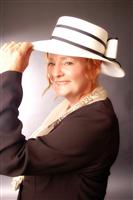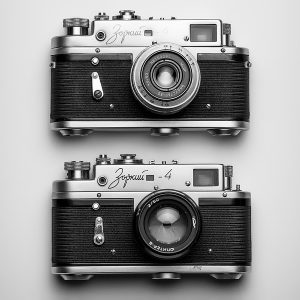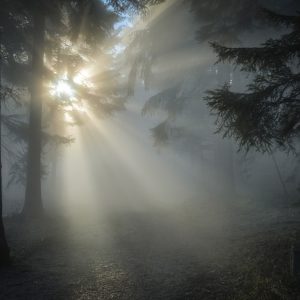 GAIN AN UNDERSTANDING PHOTOGRAPHY TO TAKE BETTER PHOTOS
GAIN AN UNDERSTANDING PHOTOGRAPHY TO TAKE BETTER PHOTOS
This course will give you a solid foundation for improving your photography skills. You will notice a difference in the photos you take and their impact. This is a comprehensive introduction to still photography relevant to either film or digital photography. To complete the assignments you need access to camera. (Whilst any camera is satisfactory, an SLR is best. Your tutor can advise on buying a camera if you do not have one).
“Glad I signed up!” G. Gadja
COURSE STRUCTURE
You will be given instructions throughout this subject guide to do various things… you may be asked to contact an organisation, you may be given something to read, or some information to research. Various tasks will be given to you to develop your knowledge and abilities in photography care. Along with these tasks, you will also be given a number of questions to answer at the end of each lesson. You are required to submit them as an assignment to your tutor.
- Origins of Photography – To discuss the principles those underpins photography and examine the evolution into digital technologies.
- Film – To explain how photographic images are able to be captured on film or digitally. This lesson will also explain how photographic images are able to be captured by digital cameras.
- Photo Equipment: Cameras – to provide you with a firm understanding of how you can work at improving your capabilities with respect to taking photographs
- Photo Equipment – To determine appropriate application for a range of common items of photographic equipment and develop an understanding of how digital images can be transferred effectively from a digital camera
- Processing/Developing Images – Developing Different Film Types, Processing Solutions, Fixer, Developer, Stop Bath, Fixing, Washing, Wetting Agents, Drying, etc.
- Enlarging and Photo Manipulation – Describe the process by which photographic film may be enlarged. Also explains techniques that can be used to process digital photographs within a computer to achieve improved or changed images.
- Lighting – To work more effectively with light when taking photographs.
- Fault Finding – Common Problems, and how to deal with them.





